Did you know that panda Corydoras, also known as panda catfish, can form groups of up to several hundred individuals in their natural habitat? These captivating freshwater fish with their black and white coloration are a favorite among aquarists. Whether you’re thinking of adding them to your aquarium or you already have some, this extensive guide has everything you need. We’ll cover their care, behavior, tank setup, breeding, and more. Let’s get started!
Table of Contents
Key Takeaways:
- Panda Corydoras, also known as panda catfish, are popular freshwater fish appreciated for their black and white coloration.
- They are peaceful and ideal for community aquariums.
- With proper care, panda Corydoras can live up to five years or more.
- A tank of at least 20 gallons is recommended, with a sandy substrate and suitable hiding spots.
- Panda Corydoras are omnivorous and require a mix of sinking pellets, live or frozen foods, and plant-based supplements in their diet.
About Panda Corydoras
The panda Corydoras is a type of catfish found in Peru and Ecuador. It’s known for its black and white colors, like a panda bear. These fish are very calm and do well in aquariums with other fish. They are part of the Callichthyidae family, which has many catfish species.
Physical Characteristics of Panda Corydoras
Panda Corydoras are tiny, around 2 inches long. They have a beige to orange-ish body. This body is covered in bold black markings, looking much like a panda’s coloring. That’s how they got their name, dwarf panda corydora.
Their top fin and area before the tail are black. And their eyes seem to wear black “eyeshadow.” They have a downturned mouth, and three pairs of barbels on their face. These barbels help them find food on the ground.
Even though they are small, panda Corydoras have sharp spines. These spines are on their top and side fins. They use these spines to protect themselves from danger. This way, they stay safe in their environment.
Natural Habitat of Panda Corydoras
Panda Corydoras come from Peru and Ecuador’s clear, fast waters. They prefer rivers and streams with sandy bottoms and lots of plants. This environment is cool, thanks to Andes’ mountain meltwater.
Often, you’ll find them in big groups. They are lively mainly at dawn and dusk. That’s when they search for food and check out the area.
Watching these fish in their natural space is interesting. You get to see how they act and get along. For those who love aquariums, this can be quite a fun thing to do.
Tank Setup for Panda Corydoras
To make the perfect home for panda Corydoras, you need the right tank setup. We’ll talk about what you need.
Tank Size
Your tank should hold at least 20 gallons so your panda Corydoras have room to swim. This size gives them space to roam and check out their home.
Substrate
Put sandy or fine gravel on the bottom of the tank. Don’t pick sharp gravel because it can hurt the pandas’ barbels. They like to sift through the bottom for food, so pick something that feels like their wild home.
Decorations
Make the tank cozy with live plants, rocks, driftwood, and caves. These give the pandas places to hide and make the tank look good too.
Water Parameters
Keep the water between 65-68 °F. Panda Corydoras like it cooler than some other fish. The pH should stay between 6 and 7.5. Test the water often to make sure it’s just right for them.
Tank Mates
Choose friends for the pandas that are calm and like the same water temperatures. Good choices are small schooling fish, or shrimp and snails. Just make sure they get along and don’t cause trouble.
Feeding Time
Pandas eat at night because they are scavengers. Drop sinking foods, like pellets, at the bottom. Add some frozen or live treats like bloodworms or brine shrimp to their meals.
With these steps, you can set up a great space for panda Corydoras. This way, they’ll be happy and healthy in your tank.
| Tank Setup for Panda Corydoras | |
|---|---|
| Tank Size | Minimum 20 gallons |
| Substrate | Sandy or fine-gravel |
| Decorations | Include live plants, rocks, driftwood, and caves |
| Water Parameters | 65-68 °F, pH 6-7.5 |
| Tank Mates | Peaceful fish and compatible invertebrates |
Feeding Panda Corydoras
Panda Corydoras eat both meat and plants. It’s crucial to give them a varied and healthy diet. This keeps them in good health.
High-quality Fish Foods: Feed them sinking fish foods. These are designed to drop to the bottom, where panda corydoras like to feed. Examples are pellets or wafers for fish that stay at the bottom. Such foods are rich in nutrients, supporting the corydoras’ growth and health.
Frozen and Live Foods: Panda corydoras also love frozen or live bites. Add in things like bloodworms, brine shrimp, and mosquito larvae sometimes. These treats make sure they get different proteins and enjoy their natural eating habits.
Plant-Based Foods: It’s vital to give them plant meals too. Algae tabs and other plant foods are full of important vitamins and minerals. Now and then, you can treat them with blanched vegetables like zucchini or spinach.
A Balanced Combination: A mix of proteins and veggies is key for panda corydoras. It keeps them healthy, boosts their immune system, and makes their colors shine. A balanced diet is the best care for them.
Remember, feed panda corydoras little bits several times a day. They eat small amounts due to their tiny stomachs. Keep an eye on how they eat. Adjust their food if needed to make sure they stay healthy and the water stays clean.
Breeding Panda Corydoras
Panda Corydoras are a unique addition to any fish tank. To breed them, you need just the right setup. Let’s look at how to do it:
- Set up a separate breeding tank: You’ll need a special tank that’s at least 10 gallons. It should have enough room for the breeding pair and their babies.
- Add suitable spawning materials: Place Java moss or spawning mops in the tank. This gives the fish a place to lay their eggs.
- Maintain a group of breeding panda corydoras: To boost your chances of success, keep six or more in the tank. This makes sure you have both males and females.
- Condition the fish: Feed them well before breeding. A good diet gets them ready to spawn. Also, slightly lower the water’s temperature to encourage the breeding process.
- Protect the eggs: If you see eggs laid, make sure they are safe. Other fish might try to eat them.
- Feed the fry: After about five days, the eggs will turn into fry. Feed them tiny food like infusoria or brine shrimp to keep them healthy.
Breeding these fish is both challenging and rewarding. By following these steps and keeping a close eye on your tank, you’ll see new fish life appear. It’s like a small miracle in your own aquarium.
“Breeding panda Corydoras is a fun way to learn about fish. You get to watch the whole process, from eggs to grown fish.” – Experienced Fish Breeder
Breeding Behavior of Panda Corydoras
Panda Corydoras show off some cool behavior when they breed. The males flirt with the females by chasing them and wiggling. Once the female is impressed, she lays eggs on plants or rocks. The male then fertilizes the eggs. After that, both mom and dad protect the eggs.
| Characteristic | Description |
|---|---|
| Spawning method | Eggs are deposited on surfaces |
| Parental care | Both male and female guard and protect the eggs |
| Incubation period | Around five days |
| Fry feeding | Infusoria, powdered fry food, or newly hatched brine shrimp |
Availability of Panda Corydoras in the Aquarium Trade
Panda Corydoras are in high demand for aquariums because of their striking look and easy upkeep. They have a unique black and white color pattern that looks like a panda’s. These fish are great for the bottom of your tank and make it look amazing.
You can easily buy panda Corydoras at many fish stores and online. They are a common find in the aquarium world. Just make sure they were born in captivity, not caught from the wild.
Buying pandas that were caught in the wild is a bad idea. It harms their natural homes and the wild populations. Choosing ones that were bred in safe places helps protect these special fish and their environment.
Always ask where your panda Corys came from and how they were raised. Good stores and websites will tell you all about the fish’s background. This way, you know you’re getting healthy fish from a good source.
Pandas can live over five years if you take good care of them. Create a nice, suitable home and meet their needs. They’ll bring joy to your aquarium for a long time.
Benefits of Choosing Captive-Bred Panda Corydoras
Getting panda Corys that were born in safety has many upsides:
- It helps save wild populations and their homes.
- You get healthier fish that know how to live in a tank.
- There’s less chance of adding sick fish to your aquarium.
- It’s better for the environment and the right way to enjoy fishkeeping.
By picking captive-bred panda Corydoras, you’re supporting their future. You’re also being a responsible fish keeper.
Panda Cory Lifespan
Panda Corydoras can live about five years if you look after them well. They might even live longer. The right care and a good tank can really help them thrive. But remember, not all of them will live the same number of years.
Conclusion
Panda Corydoras boast a striking black and white look. They are calm and low-maintenance, perfect for aquariums. Keep them in an ideal tank, and they’ll flourish.
Breeding them is easy with the right setup. They are widely available in pet stores. This makes them a great choice for adding life to your underwater world.
These fish are great for beginners and experts alike. Their elegant colors and peaceful behavior make them stand out. Every aquarist, from novice to expert, can enjoy these beautiful creatures.
FAQ
What are some common names for the panda Corydoras?
What is a Panda Corydoras?
Can Panda Corydoras be kept in a fish-only aquarium?
Do Panda Corydoras need a specific type of filtration?
References
International Federation of Online Clubs and Aquatic Societies (IFOCAS)
Federation of British Aquatic Societies (FBAS)
Northeast Council of Aquarium Societies (NEC)
Federation of American Aquarium Societies (FAAS)
I am a passionate aquarist with over 30 years of hands-on experience in fishkeeping. My journey began at a young age, collecting fish from the wild and learning through experimentation. Specializing in tropical fish, I bring a deep understanding of the hobby to FishKeepingMadeSimple. The site provides honest, detailed reviews of essential products and accessories to help fellow enthusiasts create the best environments for their fish.

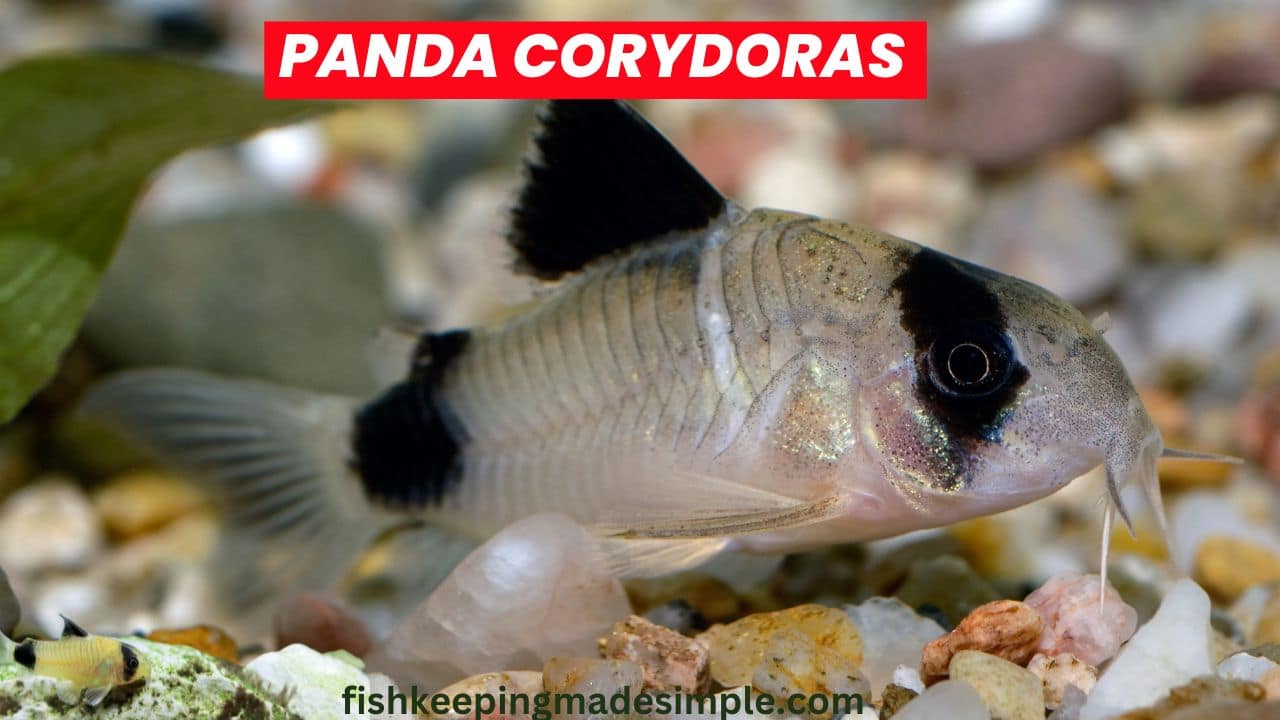
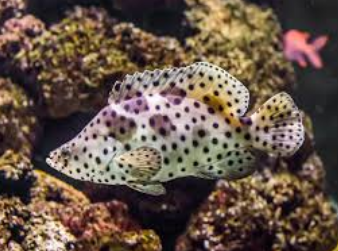
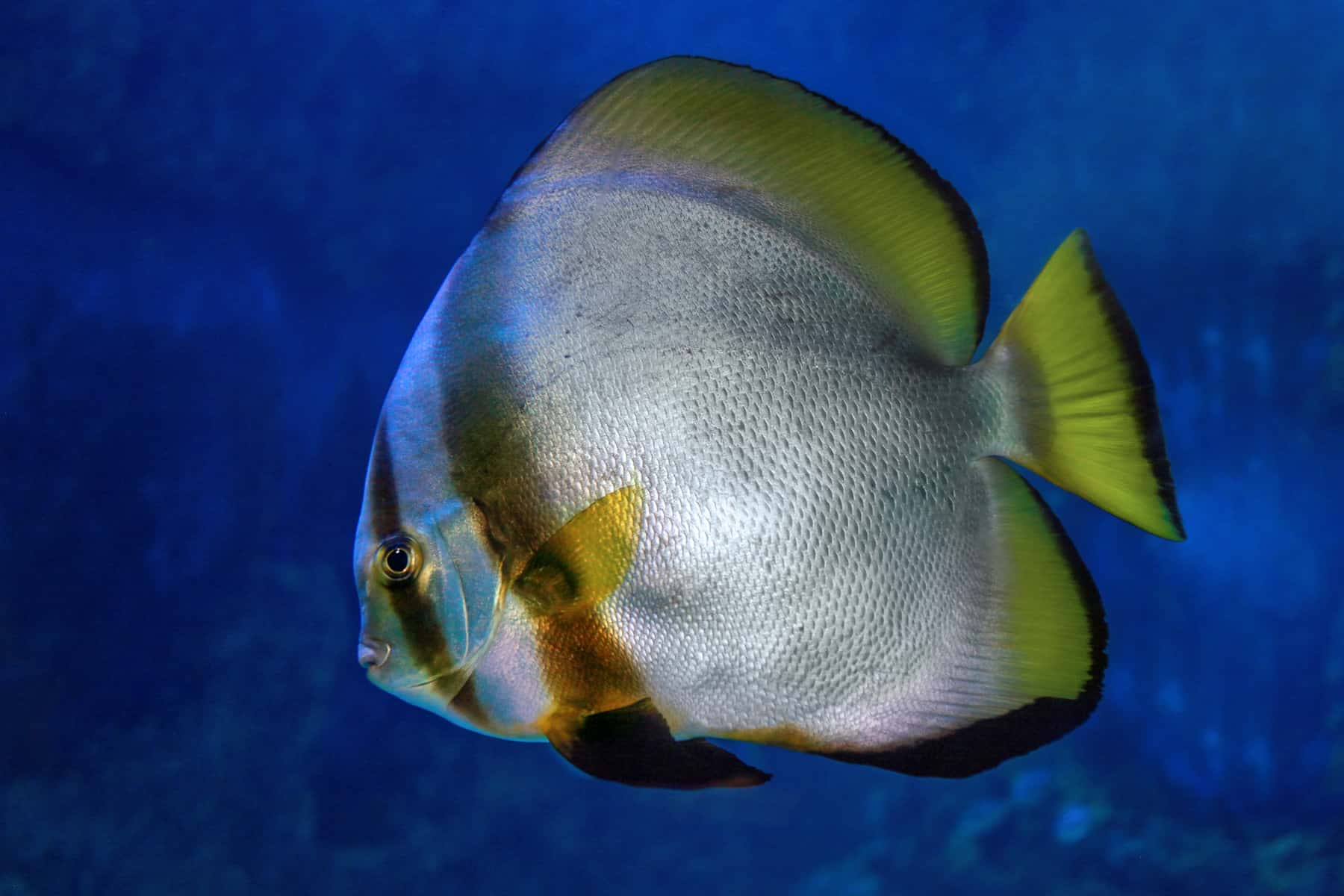
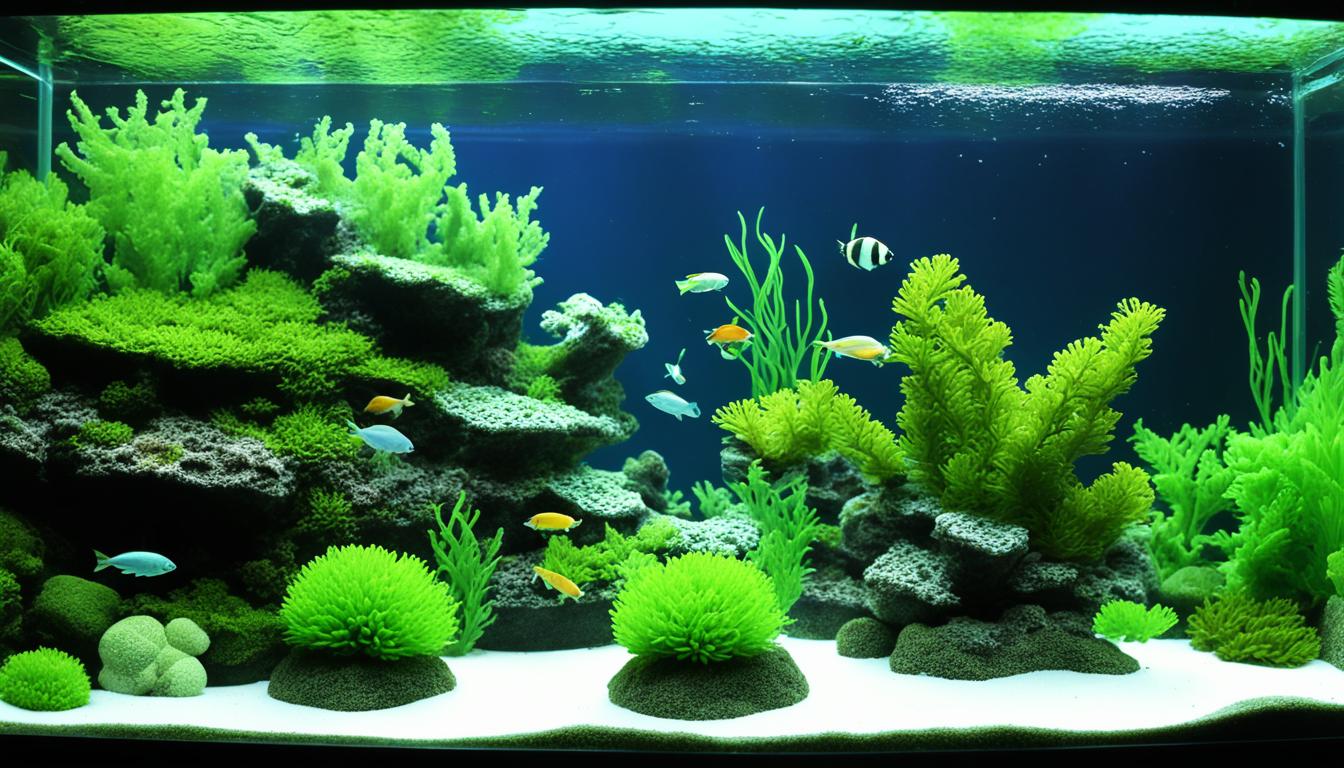
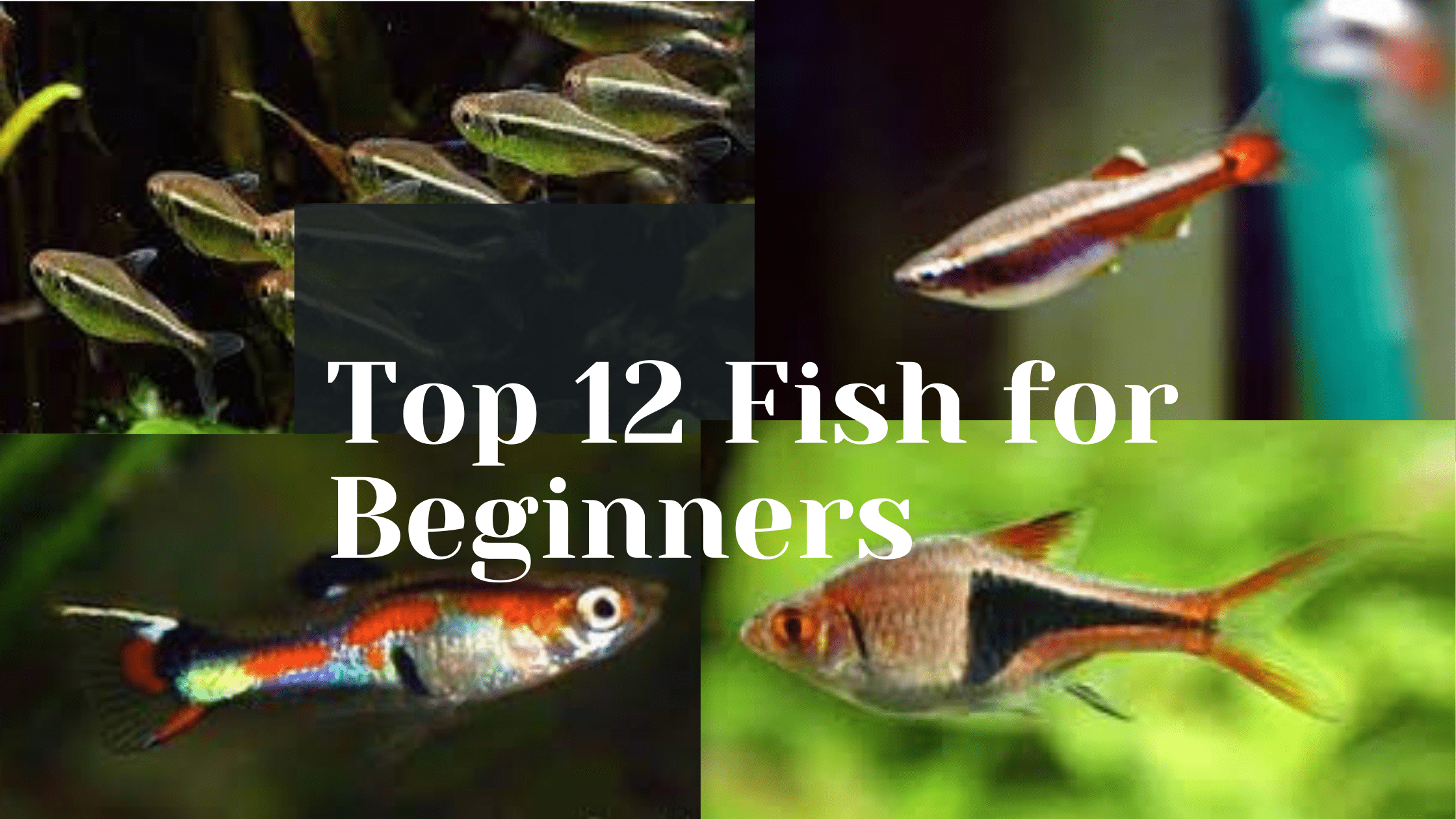
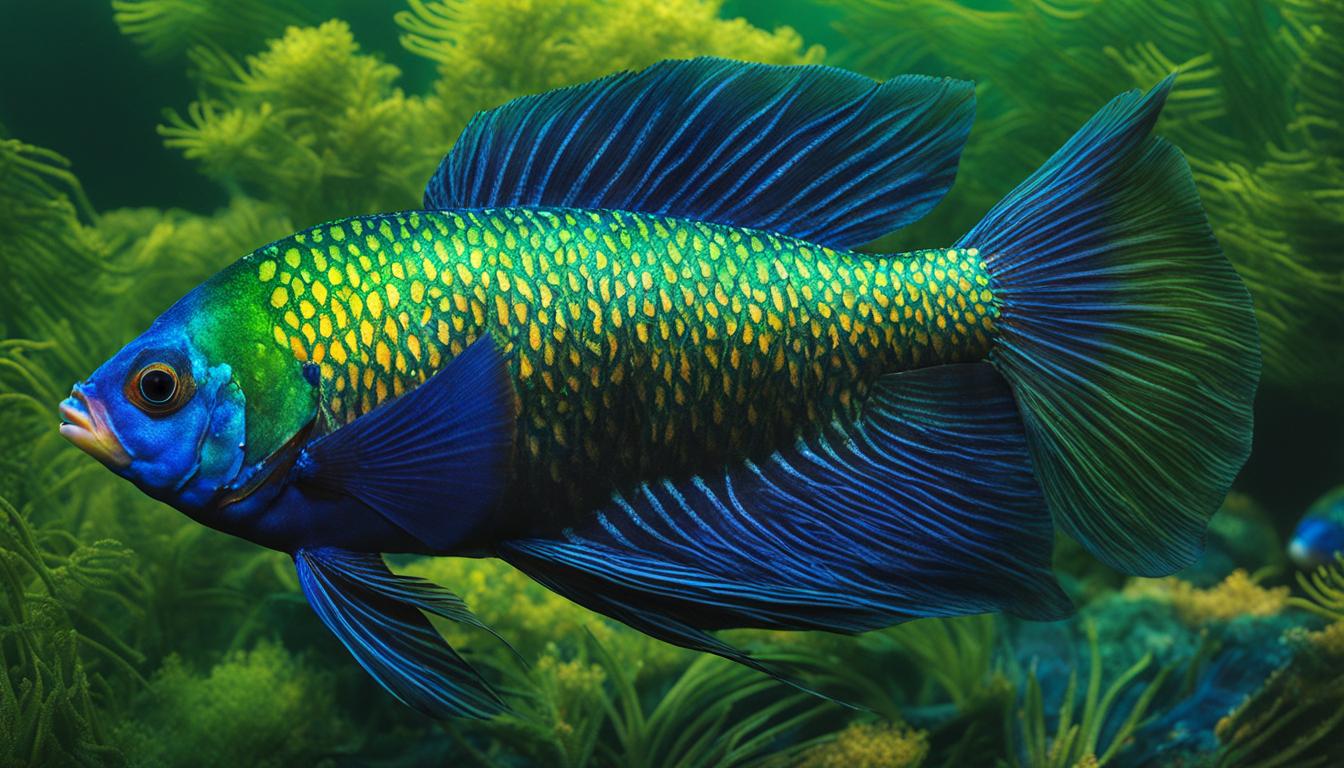
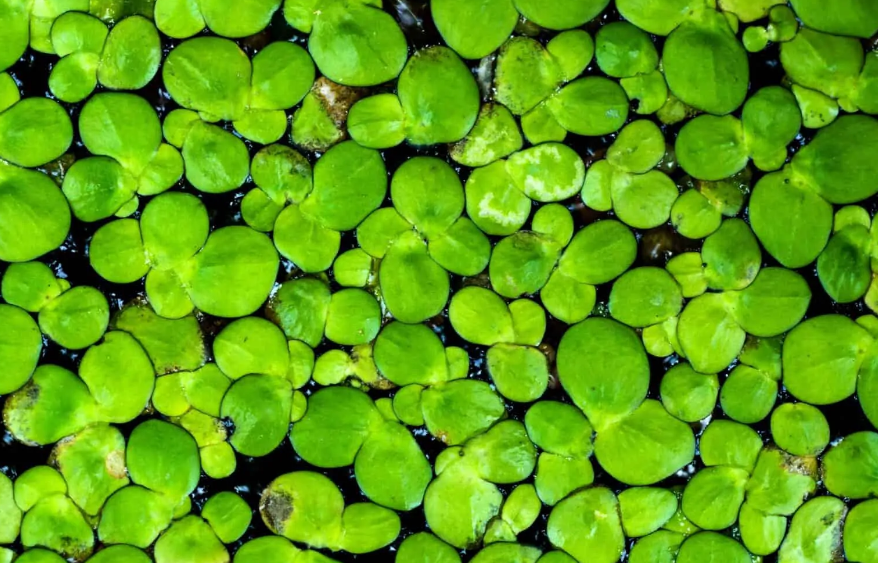
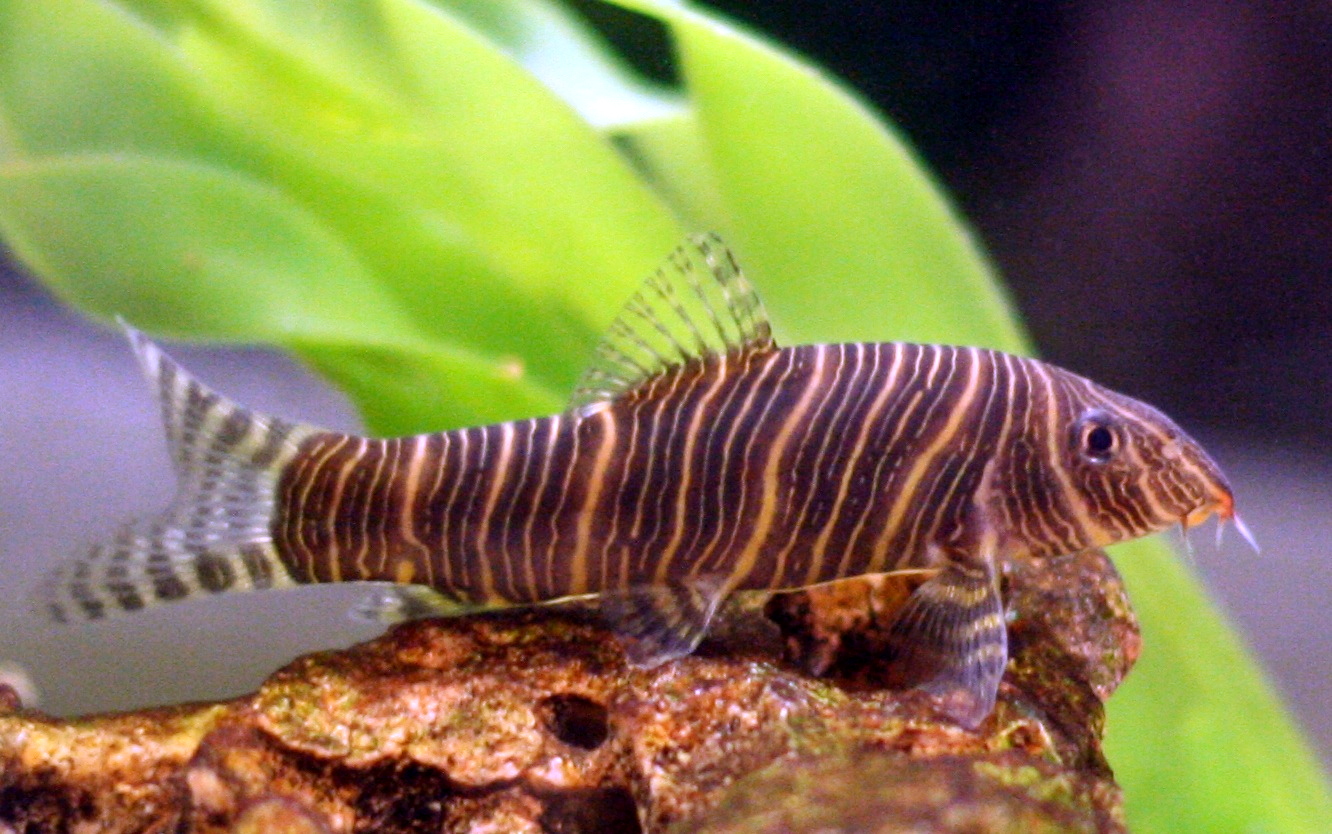
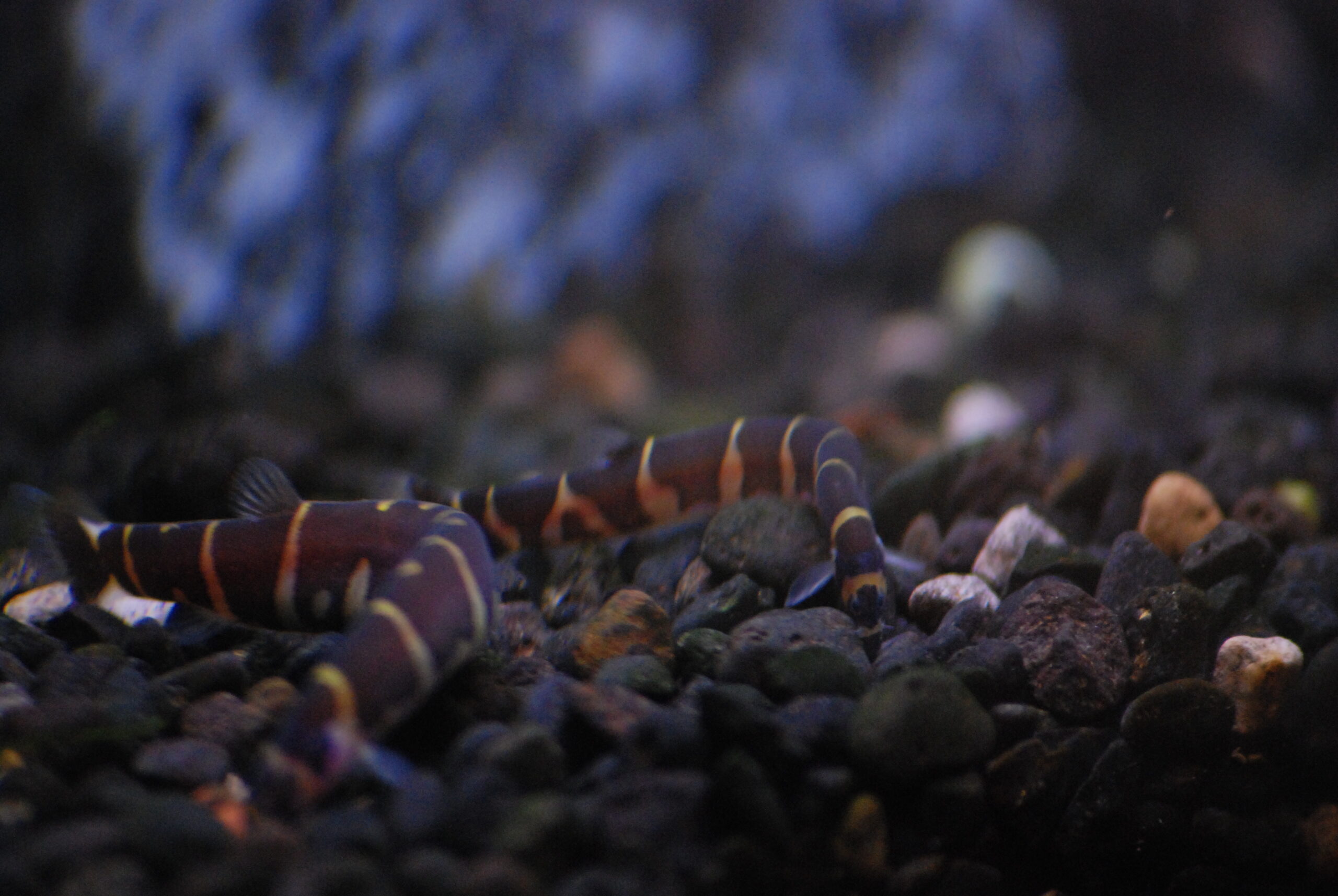
[…] fish is the wide range of colors they can exhibit. From vibrant oranges and fiery reds to delicate whites and majestic blacks, butterfly koi display a breathtaking array of hues. Due to their vibrant and striking appearance, […]
[…] typically grow up to 4 inches in length. They are known for their long, slender bodies and their black and white striped pattern. Adult Zebra loaches are more sensitive and can be shy, so it’s important to […]
[…] patterns resemble the stripes of a zebra, giving them their name. The contrast between their bold black and white colors makes them stand out in any […]